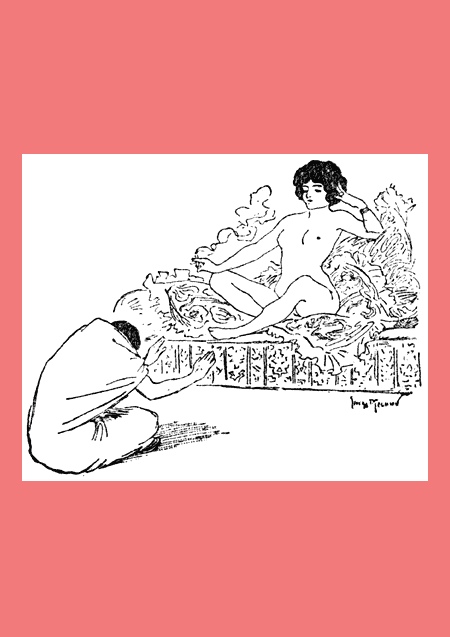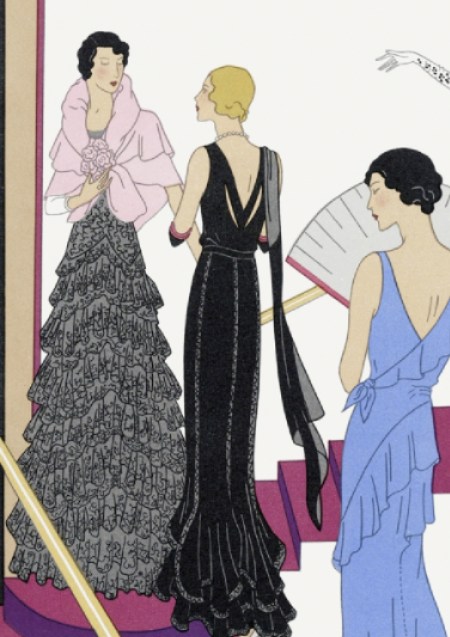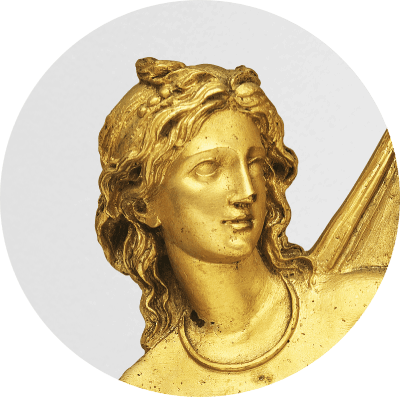THE problem of womanhood has found different expressions in different ages. In prehistoric times all great questions were answered mythologically. Cosmogeny and anthropogeny, including gynecogeny, were expressed in stories of gods, while in later periods the same facts remained and found different solutions in religious dogmas and still later in scientific investigations.
The same subjects have been treated in a different spirit during the Christian era and again differently still under the influence of a scientific world-conception. Socrates respected the gods but he no longer believed in them as personalities. He explained them as signifying some facts of experience. To him love found expression in a belief in Aphrodite and in her powerful son, Eros. Further, his disciple Plato explains to us the significance of love and devotes a special dialogue to a discussion of its meaning in every aspect. This dialogue of Plato’s, the Symposium, may truly be characterized as the most poetical and most interesting discussion of{122} Greek philosophy. It tells of a banquet to which Agathon has invited his friends, among whom we find the philosopher Socrates, the poet Aristophanes (the disciple of Socrates), Pausanias, Phaedrus and some others. After dinner Phaedrus proposes to make speeches in honor of love, and Pausanias begins by drawing a distinction between heavenly and earthly love, extolling the former and giving scant praise to the latter. Aristophanes is the next speaker, but, being prevented by a severe hiccup from taking up the discussion, gives precedence to Eryximachus, the physician. This speaker approves the distinction made by Pausanias, but generalizes the conception of love by regarding it as a universal principle, bringing about the harmony that regulates nature in the course of the seasons in its relations of moist and dry, hot and cold, etc., and whose absence is marked by diseases of all sorts. Aristophanes, having recovered from his hiccup, proposes to offer a new explanation setting forth a novel theory of the origin of human nature.( The Origin of Woman / Paul Carus /The Venus of Milo: an archeological study of the goddess of womanhood))



















